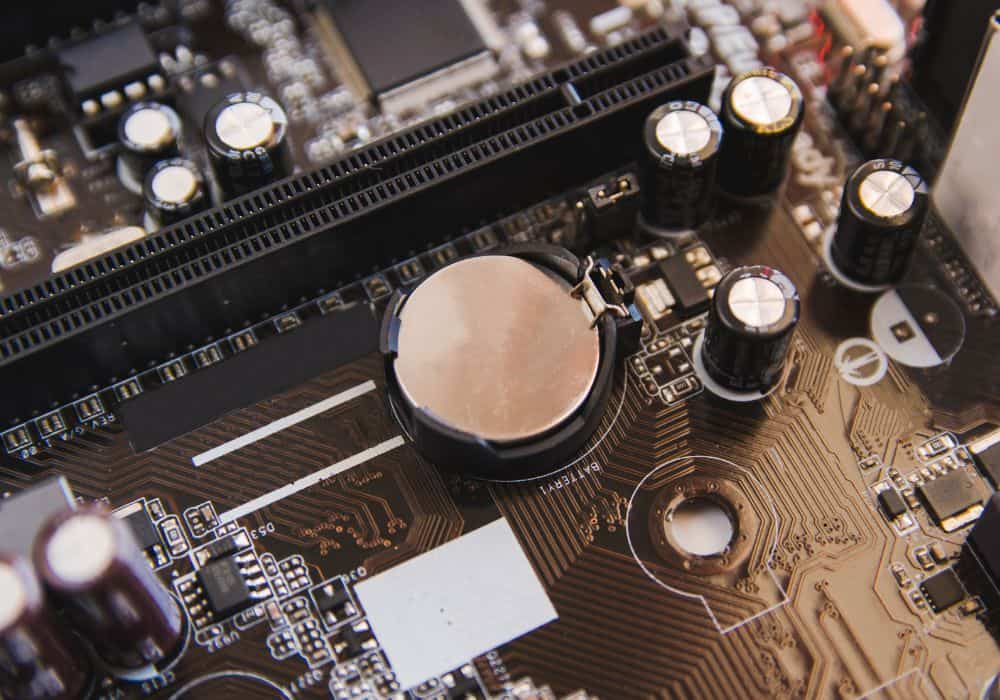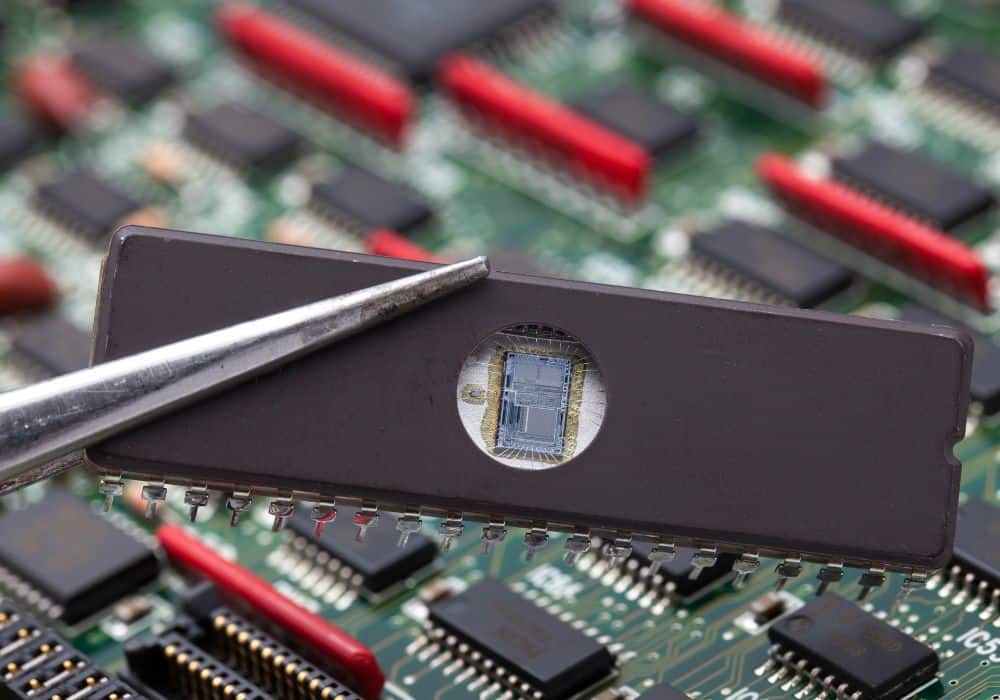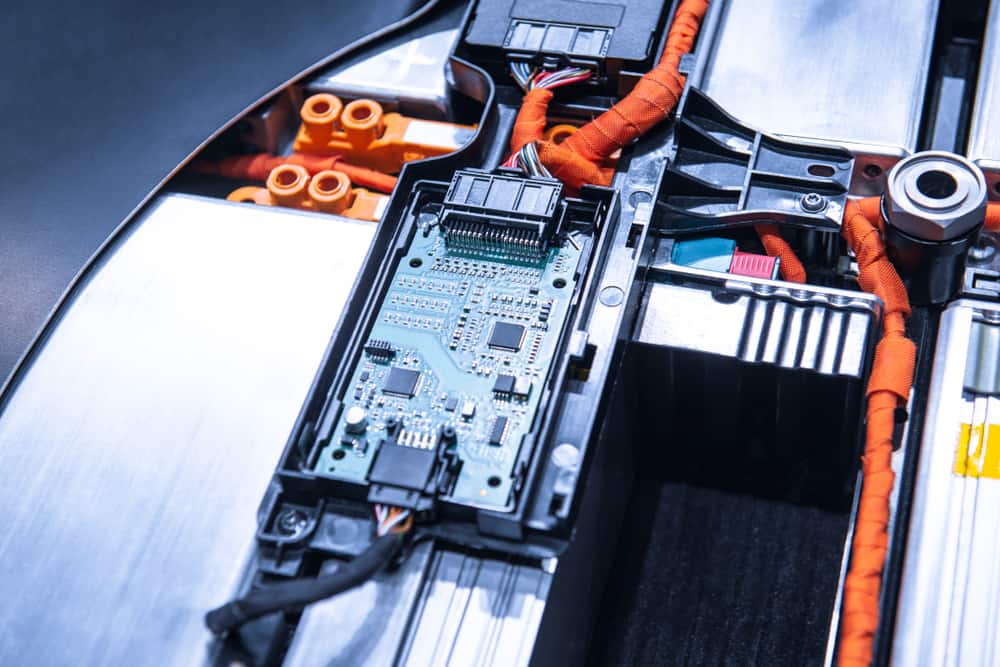When you’re trying to figure out how battery charging works, you will come across a battery charging IC or battery charger IC. It is actually one of the most important parts of a charger as it is responsible for converting AC power to DC power and it can be used for a wide range of applications as well.
Remember that batteries can only store DC electricity while plugs usually release AC power. To charge a battery, it has to be converted to DC power and this is the main role of battery charger ICs. Basically, charger ICs are made to charge Li-ion batteries or lead acid batteries.
Here are some of the things that you need to know about battery charger ICs.
Table of Contents
What’s the Process of Charging Lithium-Ion Batteries?
Since we are talking about battery charger ICs, a Li-ion battery would be the best example as it is the battery used in recent years and it has high market demand. It is one of the latest rechargeable batteries with higher density and is used on portable devices like laptops, tablets, and mobile phones.
Basically, the charging process is divided into 4 stages:
1. Trickle Charge
This phase is only used when the voltage of the battery is at an extremely low-voltage condition. It means that the battery is deeply discharged. This is done to reconnect to the battery pack and make sure that it is not damaged.
This will trigger the protection IC to reconnect to the battery. If it fails to reconnect within a set time, it means that the battery is already damaged and it can’t be charged.
2. Pre-Charge
Once it is reconnected, pre-charging will start. During this phase, the charger will begin by safely recharging the battery at a low current level.
In this stage, the battery voltage will rise slowly. The goal of this phase is to safely charge the battery when it is completely depleted. It would prevent any damage to the cell until it can handle a higher level.
3. Constant Current (CC) Charge
Constant Current (CC) Charge or Constant Charge Current is known as fast charging. It means that the battery is fully ready for a higher voltage. This phase happens after pre-charging and once the battery reached 3V per cell.
In this phase, the battery can safely handle higher charge currents. It will continue until the battery reaches the floating voltage level. This is the reason why linear chargers are the best for Li-ion batteries.

4. Constant Voltage (CV)
The threshold for Li-ion cells is around 4.1V and 4.5V per cell. During this phase, the charger IC will start monitoring the battery voltage to make sure that it will not exceed the battery cell voltage mentioned in the pack.
New types of rechargeable batteries would go through this charging process. This will also be considered for the development of new battery types.
How Do You Choose a Battery Charging Solution?
Choosing a battery charging solution will depend on multiple factors. It will also depend on how the batteries would be used. This is the reason why you need to check a few things to help you figure out the best solution that you can use for the charger.
There are 4 key considerations that you need to keep in mind when you are choosing a battery charging solution.
1. Topology
The designers of a battery charger system need to choose the topology based on different factors like battery configurations, voltage range, charging currents, and other system-level priorities. It is one of the most efficient charging solutions.
Most wearable devices right now are using a USB port to charge. Well, this is more efficient for wearables since li-ion batteries are lightweight.
The USB Type-A is usually at 5V and a maximum of 1.5A. This type of USB supports fast charging up to 12V. As for the USB Type-C, it is at 5V at 3A maximum. It can also increase to 20V at 5A if it is USB-PD supported.
Take note that if the device uses a USB port to charge, it should always support a 5V operation. For batteries in series, it is better to use a boost mode or buck-boost topology. If it is not from a USB port, buck topology is the best choice. A buck converter might also be needed for this.
2. Control Loops
This is very complicated since battery management ICs have to deal with multiple control loops. It means that during the charging process, the battery management IC needs to go back to different processes to check if everything is working properly. It will loop continuously.
They have to check the input voltage as well as the current, manage the system’s power, look at the battery temperature, check the battery charging voltage and current, and others.
One good example of this is related to the temperature of the battery. The system needs to adjust the current based on the temperature of the battery. If it heats up, the system needs to adjust accordingly.

3. Power Path Management
As for the power path management control loop, its main job is to adjust the battery charge current based on the system load requirements and the capability of the input source current. It means that this type of process handles and adjusts the battery charge current in real time.
This will make sure that the system will receive the right amount of current and input power. The excess charge will be used for the battery.
4. Reverse Operation
As you can see, the battery charger operations that we’ve mentioned above actually used the input source to charge the battery or to power the system. Did you know that you can actually do this in the reverse direction?
It means that you can use the internal battery of the device to power other devices through its device input port. As long as it has the USB On-The-Go function, you can do this process in reverse.
Final Thoughts
As you can see, the battery charging IC is extremely important for the functionality of a charger. It handles multiple operations so you can consider it the heart of a charger. It’s better to know how the charging process works so you won’t have to deeply discharge your battery.
Always remember that deeply discharging the batteries can cause irreparable damage to your compact IoT devices so you need to be careful with this. The availability of an optimal charging environment is required, especially for these intricate battery types.
If you have any questions or suggestions, you are free to comment down below.
